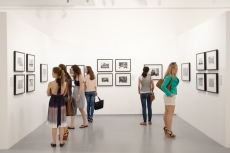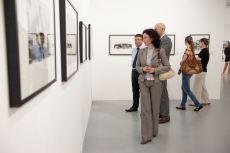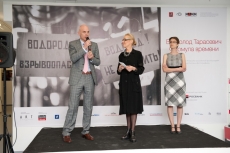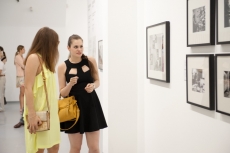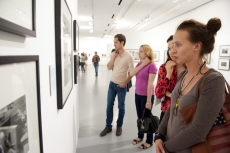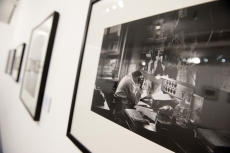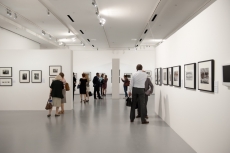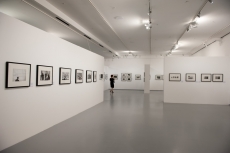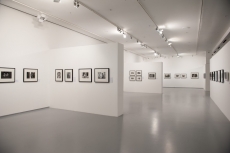Time Formula
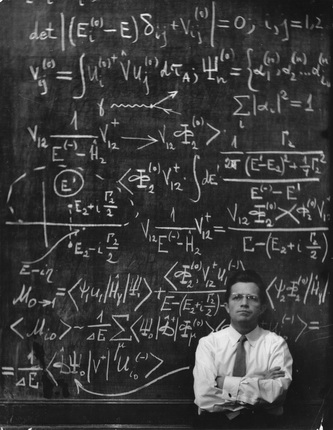
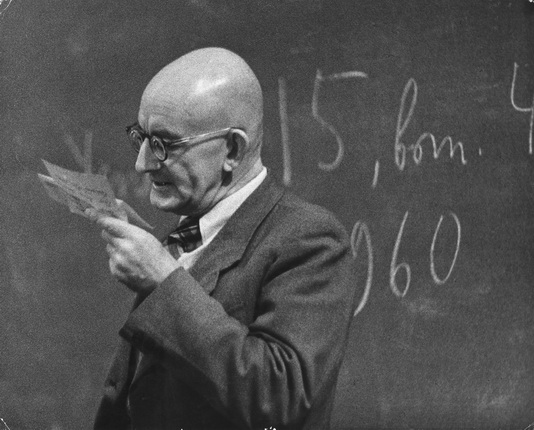
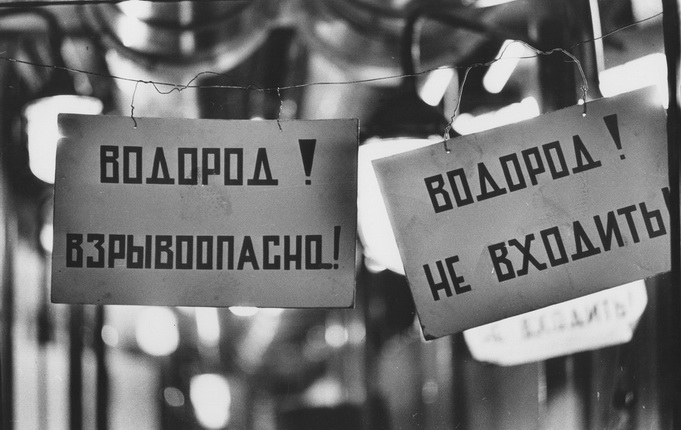
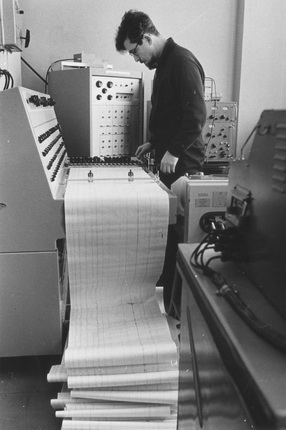
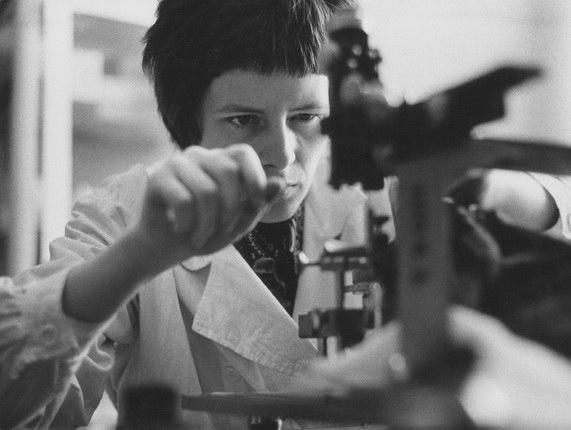
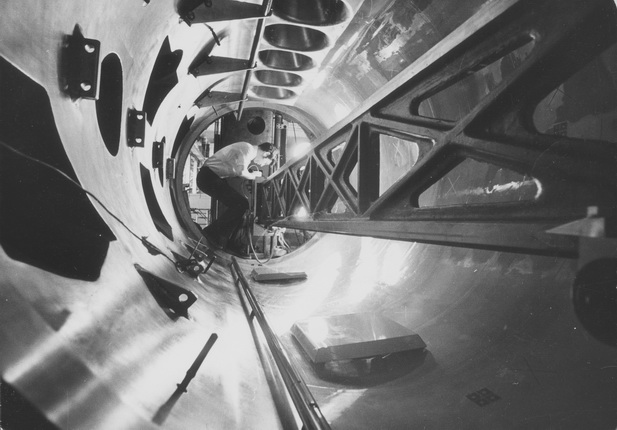
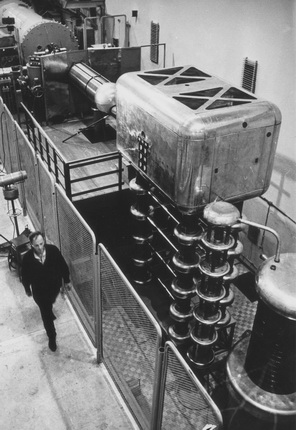
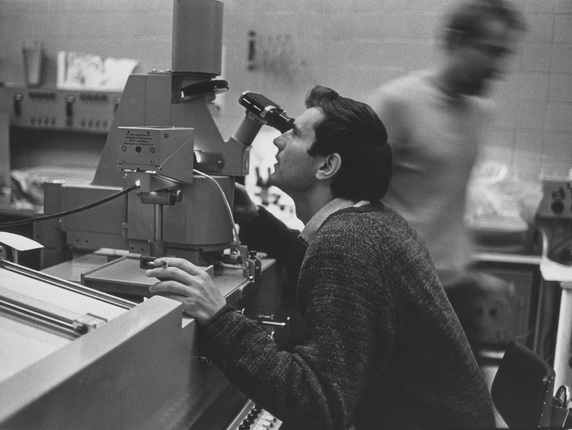

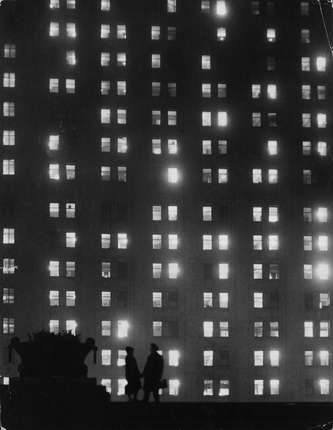
Vsevolod Tarasevich. From the series 'Moscow University'. Duel. 1963. Silver gelatin print. MAMM collection
Vsevolod Tarasevich. From the series 'Moscow University'. Academician P. S. Alexandrov. 1964. Silver gelatin print. MAMM collection
Vsevolod Tarasevich. Untitiled. 1970s. Silver gelatin print. MAMM collection
Vsevolod Tarasevich. Hydrogen! Explosives! Institute for High Energy Physics. Moscow region, town of Protvino, 1971-1974. Silver gelatin print. MAMM collection
Vsevolod Tarasevich. Research session to determine the influence of perceptual conflict on short-term visual memory. Emotional memory laboratory. USSR Academy of Sciences Institute of Biophysics. Moscow region, town of Pushchino, 1974-1976. Silver gelatin print. MAMM collection
Vsevolod Tarasevich. Candidate of Medical Sciences Igor Podolsky checks the progress of an experiment on electrophysiological equipment for researching conditioned reflexes in animals. Emotional memory laboratory. USSR Academy of Sciences Institute of Biophysics. Moscow region, town of Pushchino, 1974-1976. Silver gelatin print. MAMM collection
Vsevolod Tarasevich. At the USSR Academy of Sciences Institute of Biophysics. Moscow region, town of Pushchino, 1974. Silver gelatin print. MAMM collection
Vsevolod Tarasevich. Assembly of the Mirabelle hydrogen bubble chamber Moscow region, town of Protvino, 1971-1974. Silver gelatin print. MAMM collection
Vsevolod Tarasevich. Pulse generator of elementary particles at the Institute for High Energy Physics in Protvino. 1980’s. Silver gelatin print. MAMM collection
Vsevolod Tarasevich. USSR Academy of Sciences Institute of Biophysics Moscow region, town of Pushchino, 1974-1976. Silver gelatin print. MAMM collection
Vsevolod Tarasevich. Vladimir Safronov, engineer of apparatus for cultivating algae (chlorella). USSR Academy of Sciences Institute of Biophysics. Moscow region, town of Pushchino, 1974. Silver gelatin print. MAMM collection
Vsevolod Tarasevich. From the series 'Moscow University'. The university at night. 1964. Silver gelatin print. MAMM collection
Moscow, 25.10.2023—3.12.2023
exhibition is over
Technopark Skolkovo
121205, Moscow, the territory of the Skolkovo Innovation Center, 42 Bolshoy Bulvar str.,
Share with friends
As part of the programmes 'Classics of Russian Photography' and 'The History of Russia in Photographs'
Curator: Olga Annanurova
Exhibition shedule
-
6.06.2013—14.07.2013
Moscow
Multimedia Art Museum
-
25.10.2023—3.12.2023
Moscow
Technopark Skolkovo
For the press
Vsevolod Tarasevich is a classic of Russian photography. In 1939 he volunteered to serve in the Soviet-Finnish War. From 1941 to 1945 he was a war correspondent. After 1945 Vsevolod Tarasevich worked at APN, publishing his photographs in the magazines Sovyetsky Soyuz, Ogonyok, Rabotnitsa and Soviet Life. The latter featured Vsevolod Tarasevich’s photo reportages shot in the 1960s to 1970s at Moscow State University, the Institute of High Energy Physics at Protvino, the RAS Institute of Biological Physics at Pushchino, and other scientific centres established at that time.
The late 50s to mid-70s marked the period of the ’physicists-lyricists’, with propaganda exalting science in general, the exact sciences in particular. The focus on science and education and the resources spent on this brought results. Soviet physicists were awarded the Nobel prize: Pavel Cherenkov, Igor Tamm and Ilya Frank in 1958, Lev Landau in 1962, Nikolai Basov and Alexander Prokhorov in 1964, Pyotr Kapitsa in 1978. Terms such as ‘the peaceful atom’, ‘cybernetics’, ‘genetics’ and ‘space research’ were splashed across newspaper headlines. Scientists, and first of all physicists, became the heroes of their time.
The image of the ’science cities’ of that period: Novosibirsk Akademgorodok, the Institute of High Energy Physics at Protvino, the RAS Institute of Biological Physics at Pushchino and the RAS scientific centre at Chernogolovka, and the romantic atmosphere that prevailed there were conveyed best of all in the photo reportages of Vsevolod Tarasevich.
The experience of an epoch in which knowledge and achievement were more important than material rewards has not lost its appeal today.
Olga Sviblova
Vsevolod Sergeyevich Tarasevich
(Samarkand, 1919 — Moscow, 1998)
1930s — Begins taking photographs while still at school.
1937 — Student at the Leningrad Electro-Technical Institute; first publication of his photos in the Smena and Leningradskaya Pravda newspapers.
1939 — Leaves the institute to volunteer in the war against Finland.
1940 — Becomes a press photographer for the LenTASS picture chronicle.
Late 1940s-1950s — Works for the Vecherniye Leningrad newspaper, then for the magazines Sovyetsky Soyuz, Sovyetskaya Zhenshchina, Ogonyok, etc. after moving to Moscow.
1950s — Begins shooting with colour film.
1961 — Becomes press photographer for the Novosti Press Agency (APN); his images appear primarily in the magazine Soviet Life.
1970s — Dean of the photojournalism faculty at the Institute of Journalism, Moscow Union of Journalists.
Late 1970s-1980s — Publishes the photo albums: ‘My — Fiziki’ (‘We Are Physicians’), Moscow, Planeta publishers, 1976; ‘Svyet Nureka’ (‘The Glitterati of Nurek’), Moscow, Planeta publishers, 1980; ‘Morye, Lyudi, Zhizn’ (‘Sea, People, Life’), Moscow, Planeta publishers, 1987.

